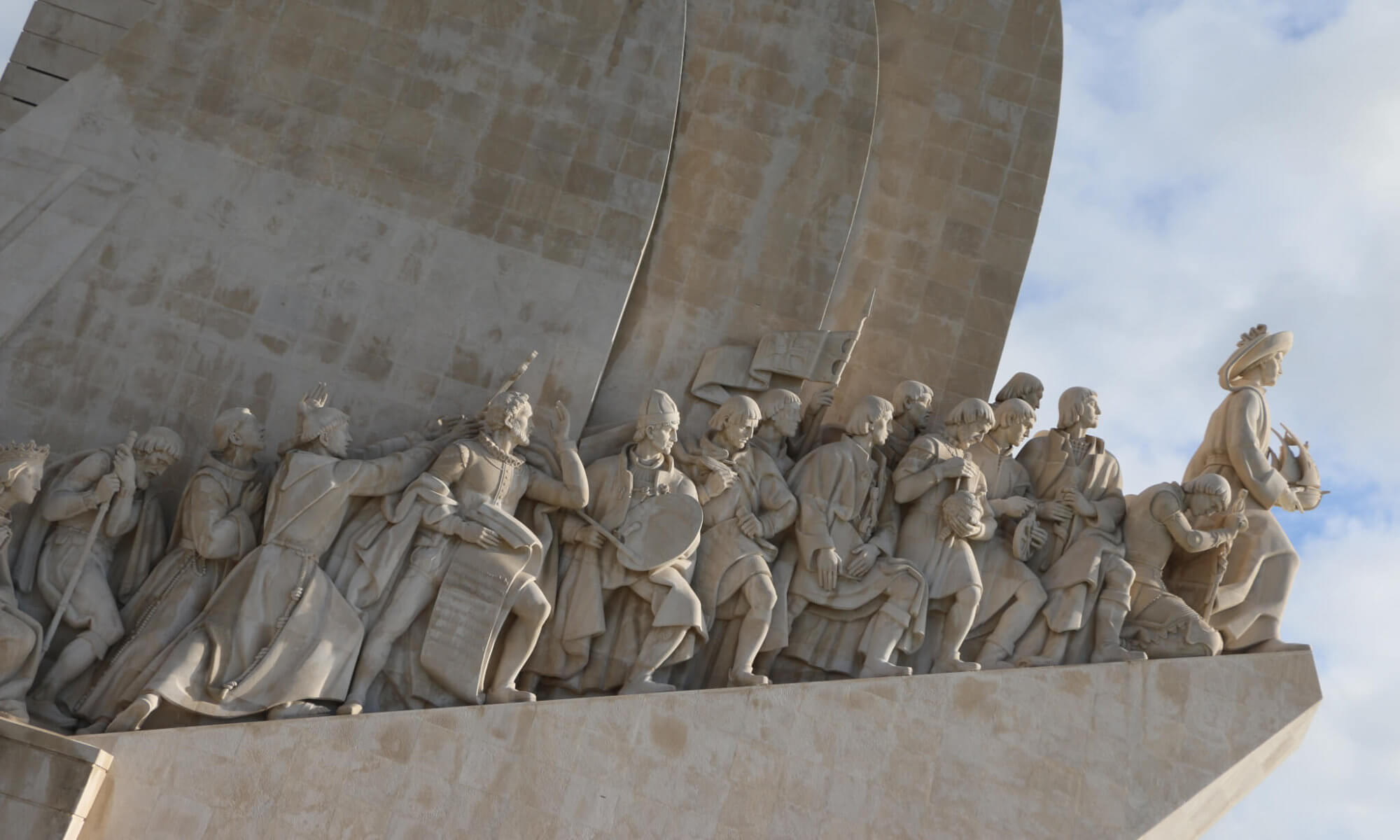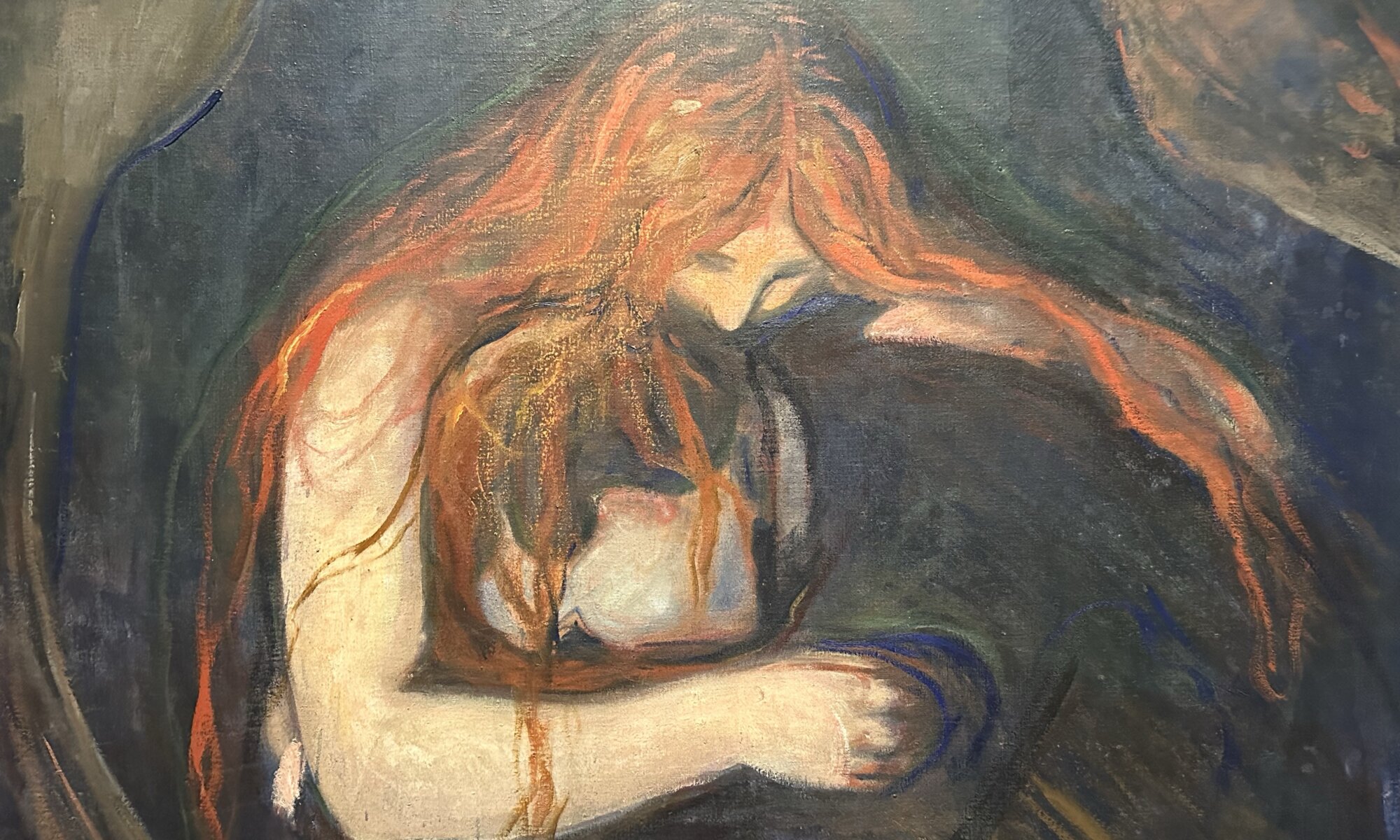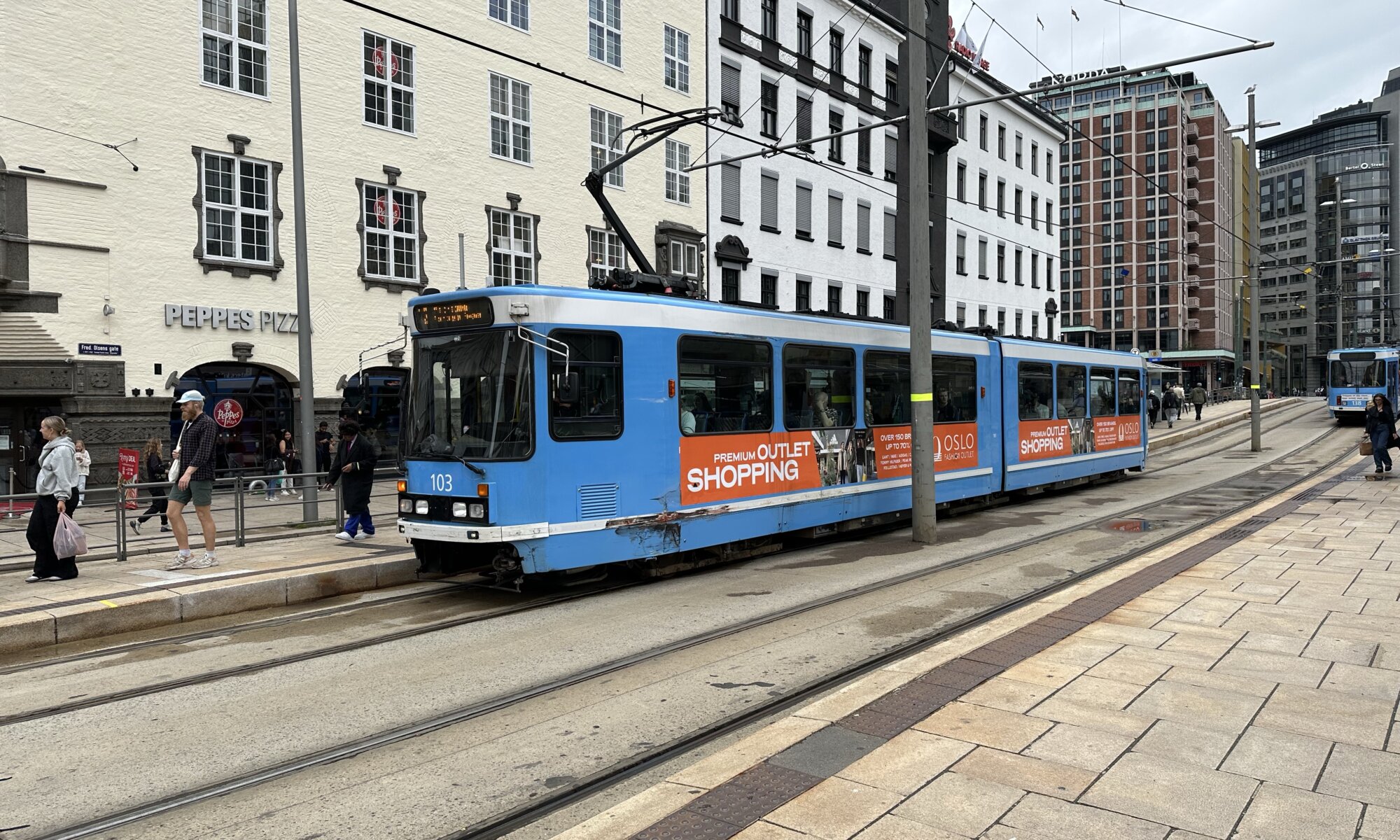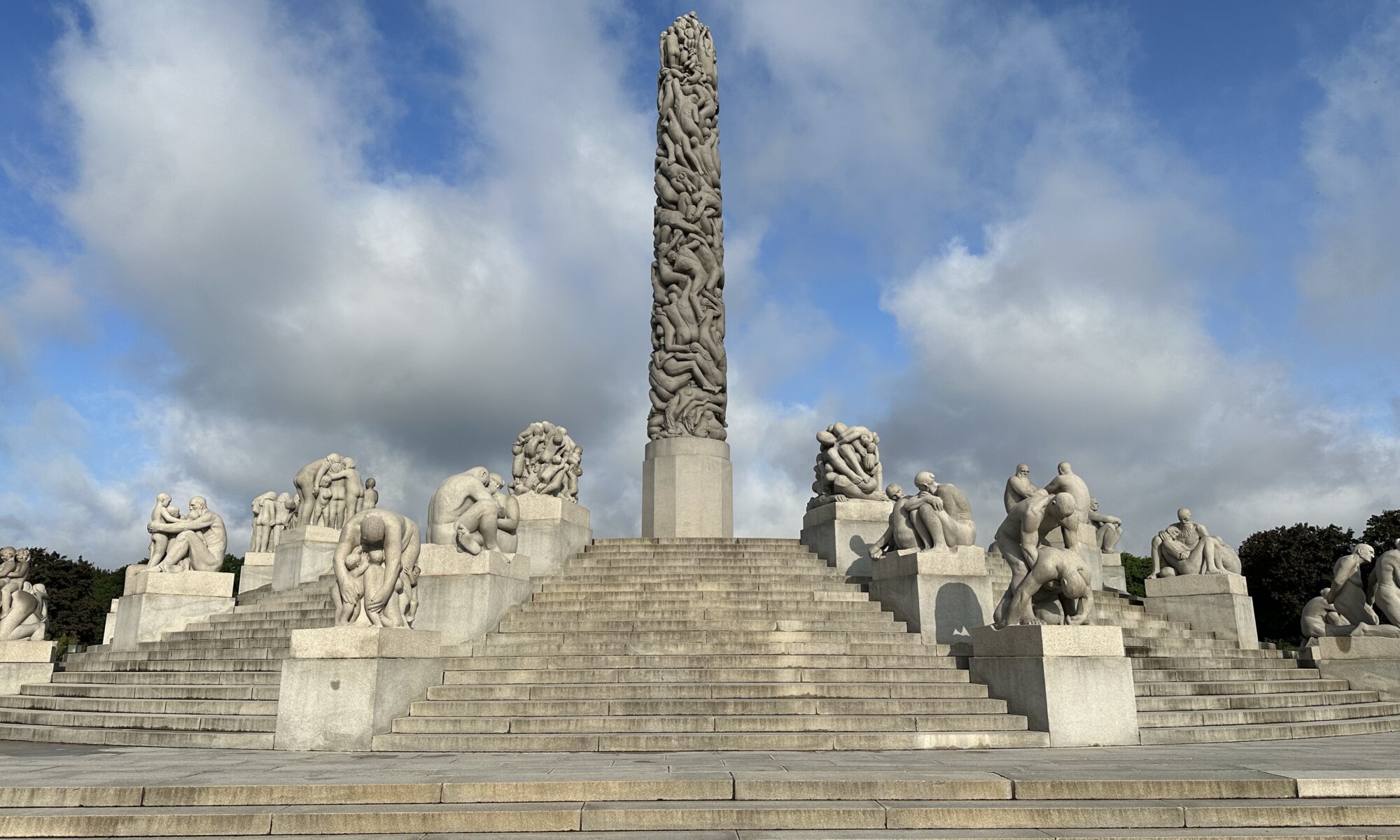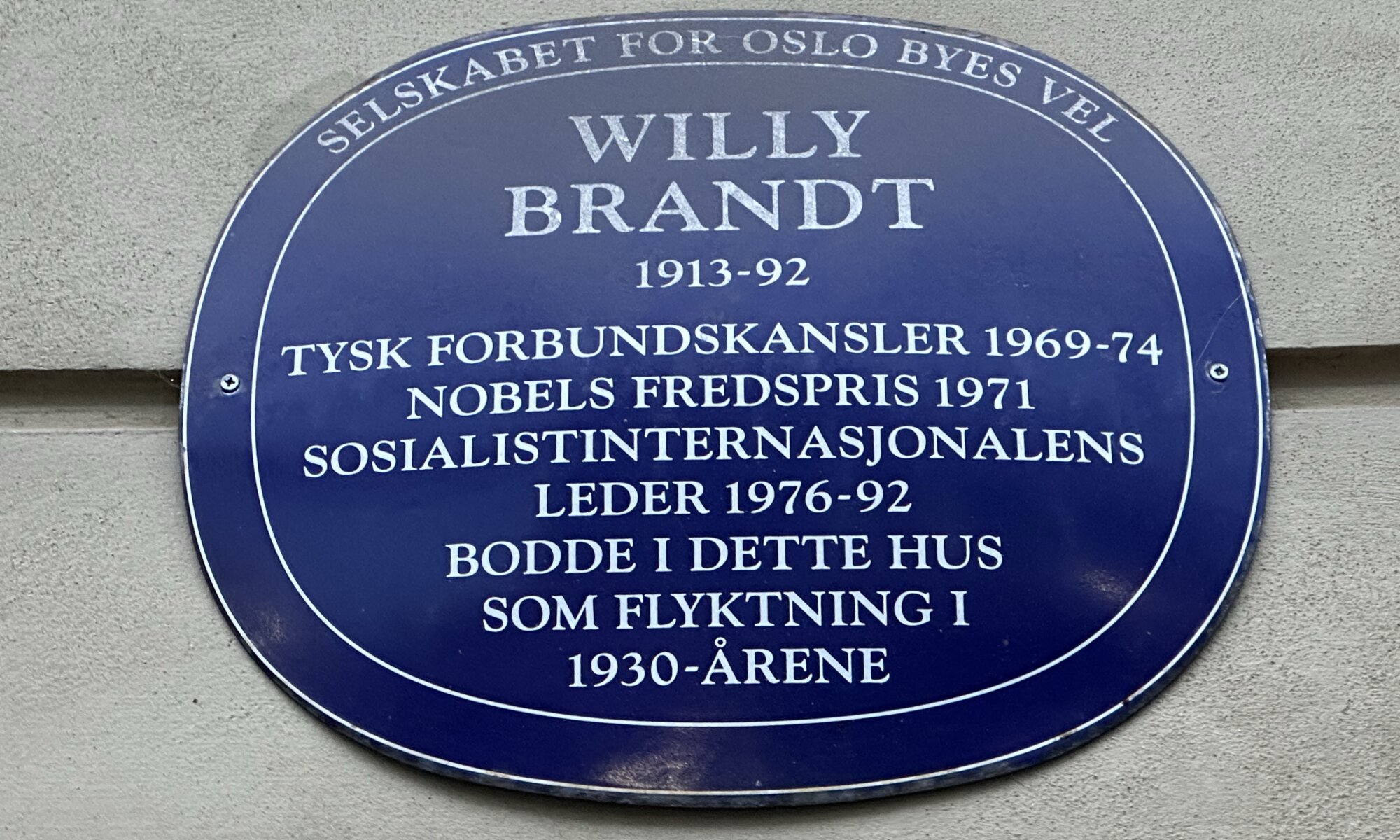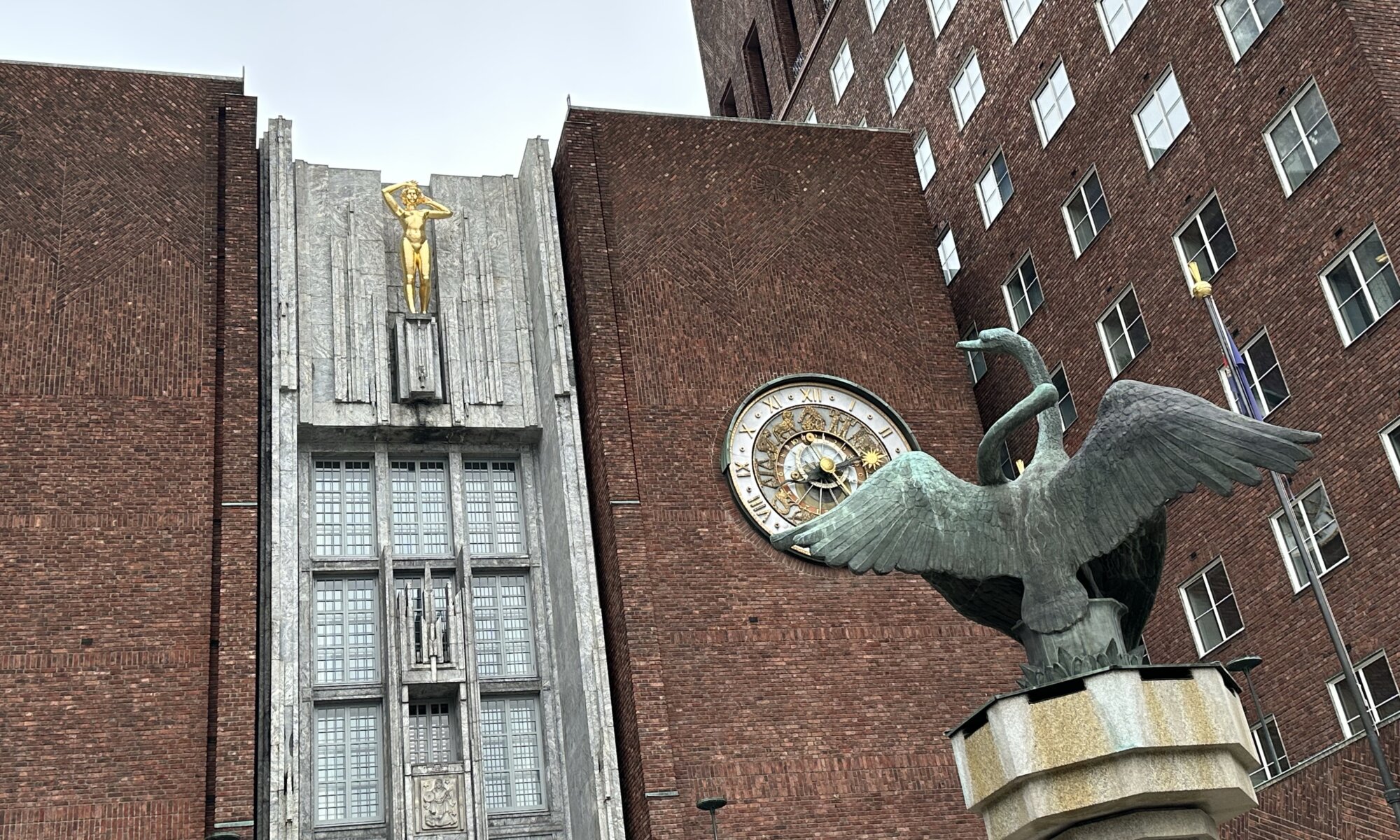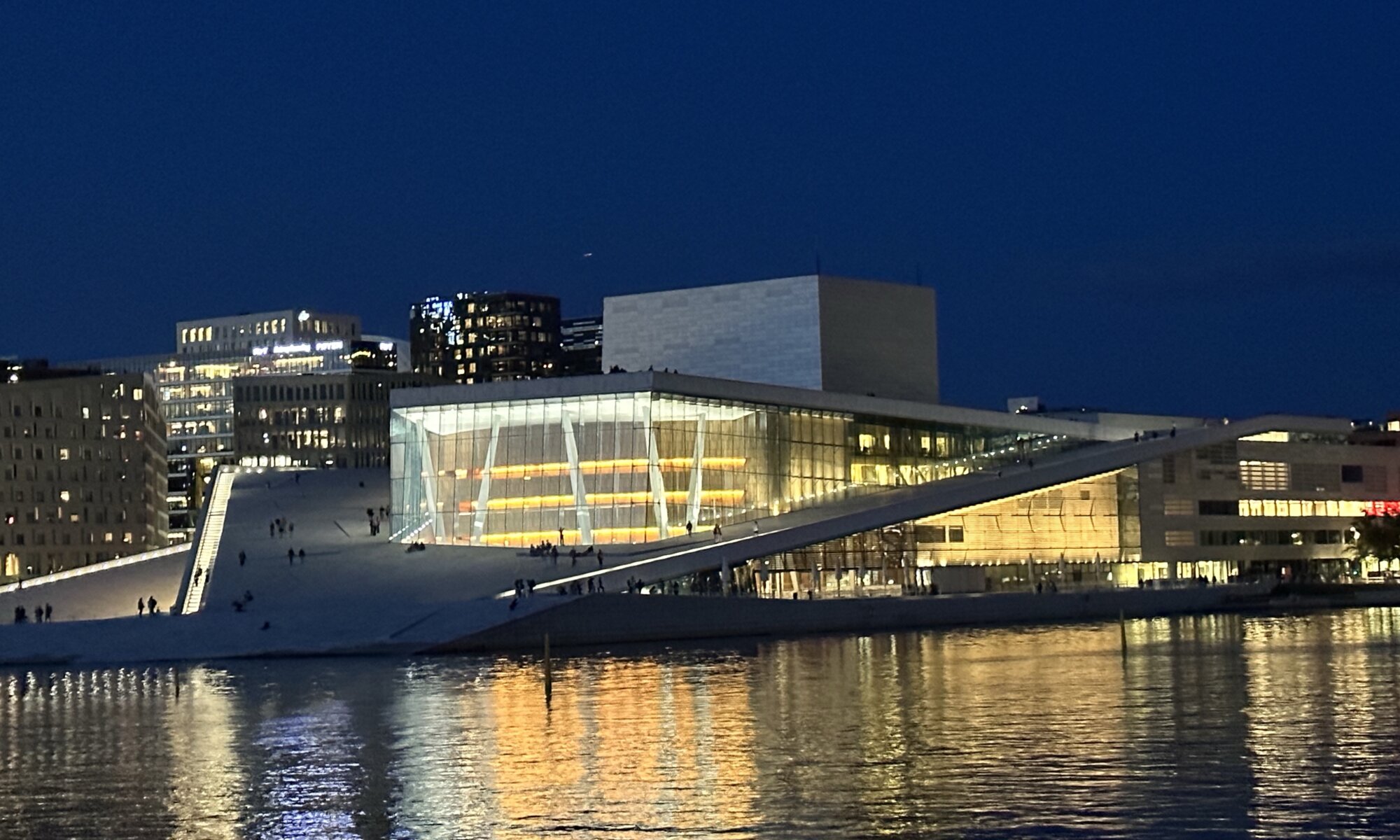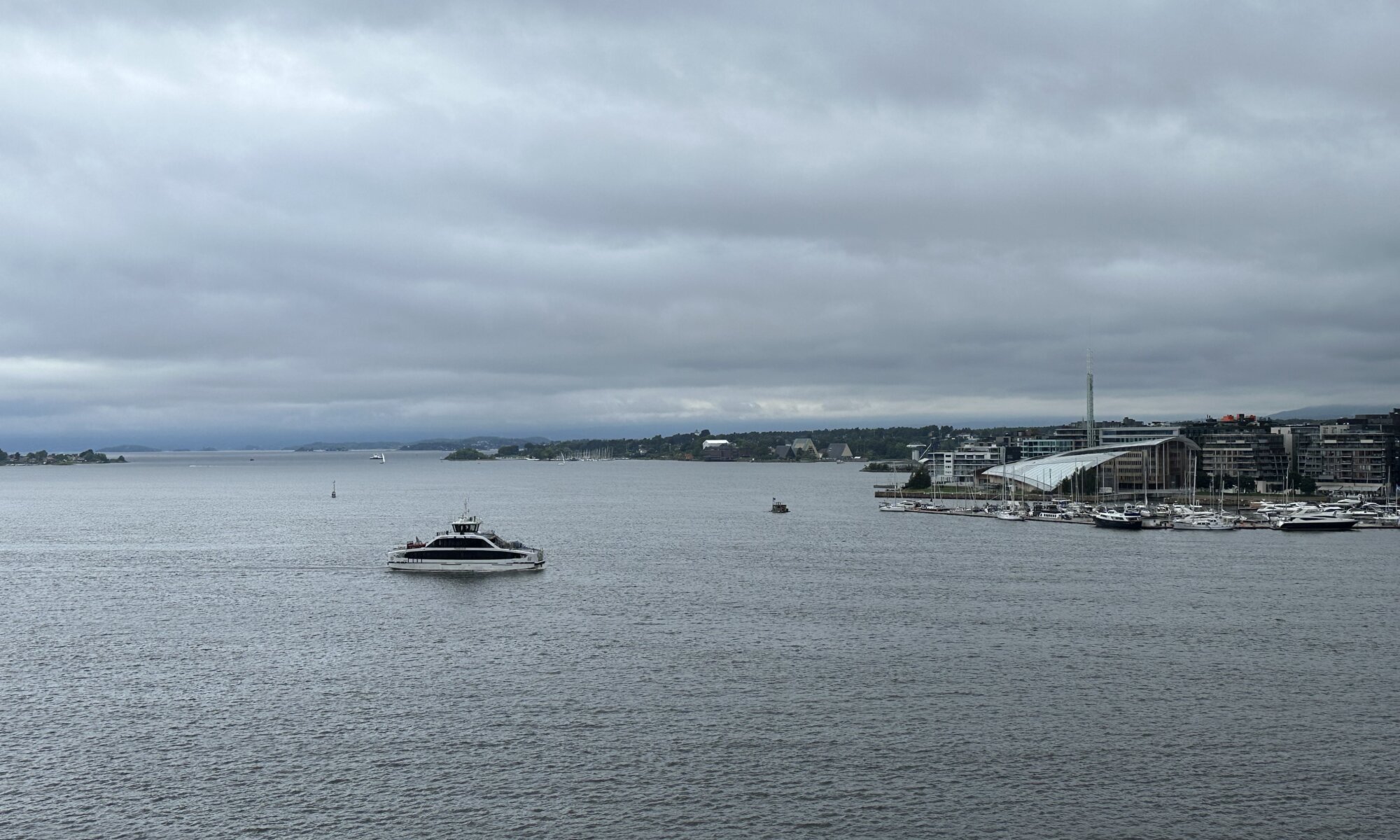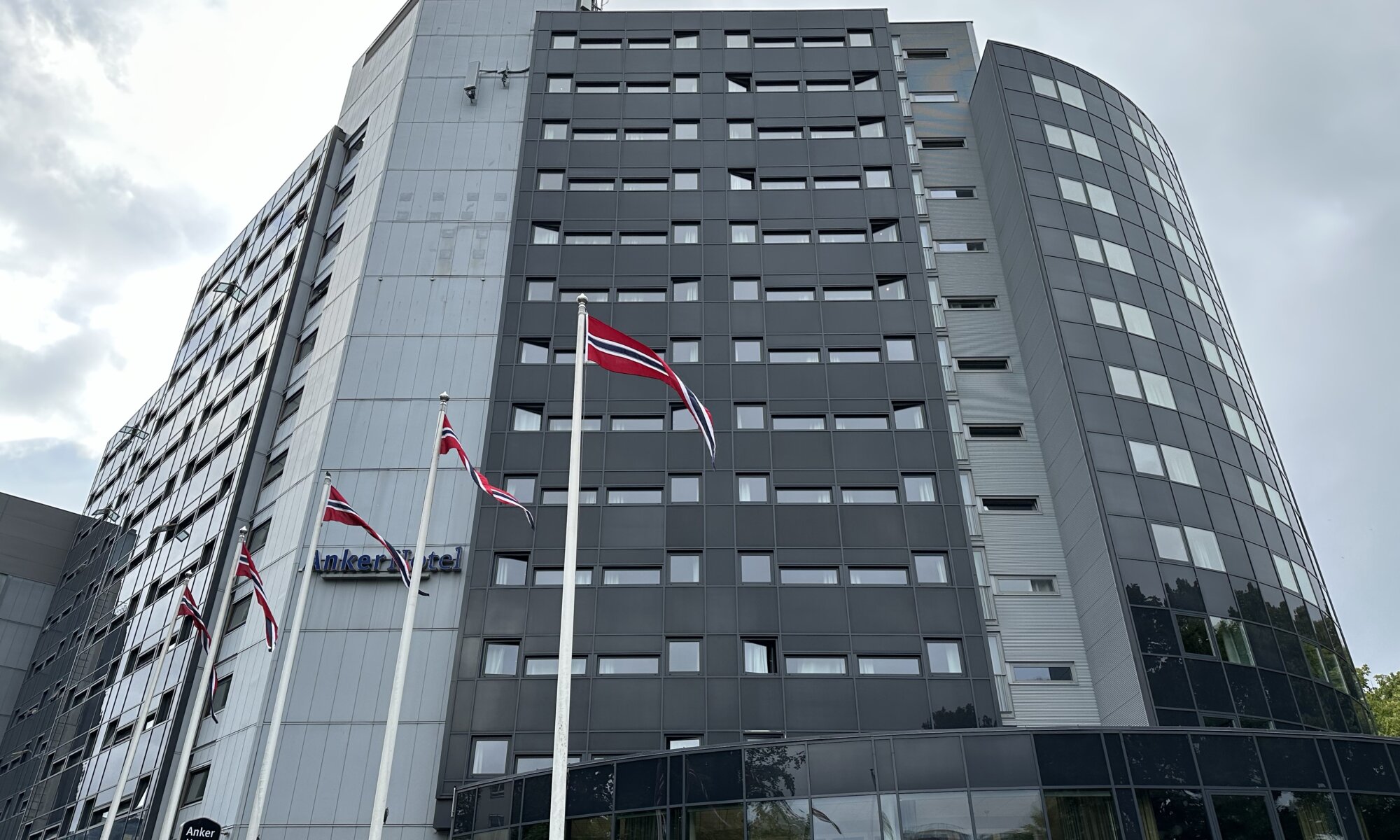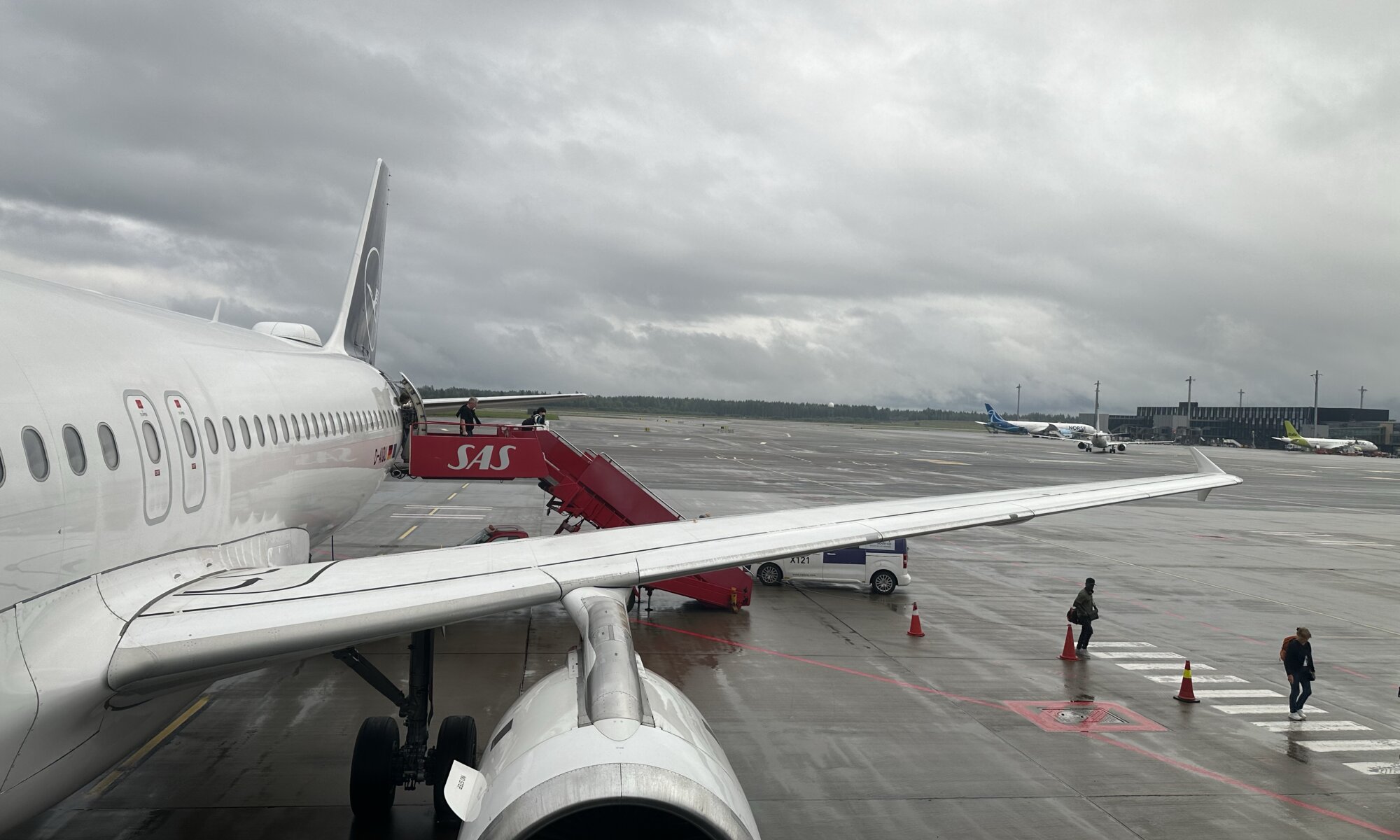Edvard Munch was a famous Norwegian painter, maybe the most important of all times. He was born in 1863 and died in 1944 at Oslo, the city he had already grown-up at. His work focusses on humans and their emotions, the maybe best-know painting is Skrik (or The Scream). It was painted in 1893 and four versions exist: two in paint, two in pastels. One of these four is privately owned, but the other three can all be seen at Oslo: one at the Nasjonalmuseet, two of them at the fantastic Munchmuseet directly next to the Operahuset. They are a real attraction for the city and people squeeze in front of them in large crowds.
Continue reading “Munch”Oslo pass
I love to purchase tourist passes in advance. With them you typically can use public transport and visit the most important sights without paying every single time. If you get around a lot in a city it can save you a lot of money and that is quite important at Oslo as it is one of the most expensive cities in Europe. How does it work at Oslo currently? You just need to download the ‘Oslo pass‘ app from your mobile app store and within you can buy passes for different time frames. Once you arrived at Oslo you just need to activate it. The app shows two different tickets: one for public transport, one for visiting sights.
Continue reading “Oslo pass”Vigelandsparken
Gustav Vigeland was the most important sculptor of Norway. He was born in 1869 and died at Oslo in 1943; his connection to the capital city was strong: he gave the rights on his sculptures to the city administration and the city administration assured his means of subsistence. Vigeland was highly influenced by French sculptor August Rodin and his work focusses on the relationship between man and woman; maybe that’s why many people can relate to his work and enjoy seeing his sculptures.
Continue reading “Vigelandsparken”Hollendergata
Herbert Ernst Karl Frahm was born at Lübeck, Germany, in 1913. He wanted to become a journalist; but instead he worked for a ship owning company and became politically active: as a member of the Sozialdemokratische Partei Deutschlands (SPD) and later of the Sozialistische Arbeiterpartei Deutschlands (SAPD). When Adolf Hitler came to power in 1933, Herbert Frahm had to emigrate to Oslo, Norway. There he continued his political work in exile, studied history and worked as a journalist. And he changed his name to Willy Brandt, a name that later became very well known in Germany and the world.
Continue reading “Hollendergata”Rådhuset
It is hardly possible to overlook the town hall building of Oslo near the harbor. With its unique design made of red bricks it stands out; the two rectangular towers (used for offices) are clearly visible in the skyline of the city. The building is highly decorated with statues and it even has a small waterfall on the rear side. First of all the town hall building is a symbol of independence: when the union of Norway and Sweden ended in 1905, the decision to celebrate this with the creation of a building was taken.
Continue reading “Rådhuset”Operahuset
The opera house of Oslo is one of the most iconic buildings of the city. Located directly at the fjord the shiny new building was opened in 2008. It is designed to look like a drifting iceberg and contains more than 1,000 rooms. That is quite a surprise because it looks rather small caused by its special shape: The building is like a vast ramp on which everybody can walk up all around the clock to enjoy nice views on the harbor and the city. The facade consists to large extent of Carrara marble which costed a lot of money (more than 6 million Euros).
Continue reading “Operahuset”Akershus festning
The fortress of Oslo doesn’t look like one big fortress; it is incorporated into the surrounding city and today used for different purposes. But you can still today visit the different buildings, follow the walls and fortifications, pass through its stone gates and enjoy views from the uppermost platform of the hill it is standing on. Akershus festning was created between 1287 and 1300 CE and always played an important role in protecting the city. It was besieged and conquered multiple times, used as a prison; during World War II it was occupied by Nazi forces.
Continue reading “Akershus festning”Anker
Oslo provides a plentitude of hotel options. If you want to have a place close to the city center that doesn’t cost you an arm and a leg, the Anker Hotel might be a good option. It is a rather modern hotel at the city quarter Storgata, next to the border to Grünerløkka – an alternative and beloved city quarter. The Anker Hotel offers different options; from student housing via a hostel to the hotel itself. Rooms are suitable and the breakfast is sufficiently good; the breakfast room just might be overcrowded if you arrive at the wrong point in time.
Continue reading “Anker”Lufthavn
The Lufthavn of Oslo, Norway, is one of the airports you’ll love: short ways to walk, natural materials everywhere and sufficient places to sit back and relax. It is located in the community Gardermoen, 50 kms north of Oslo and it was established in 1912. There is only one terminal but two runways that bring 32 millions of passengers each year into the air. Flying via OSL is really hassle-free: four times the airport has already been awarded the title of the most punctual airport in Europe.
Continue reading “Lufthavn”